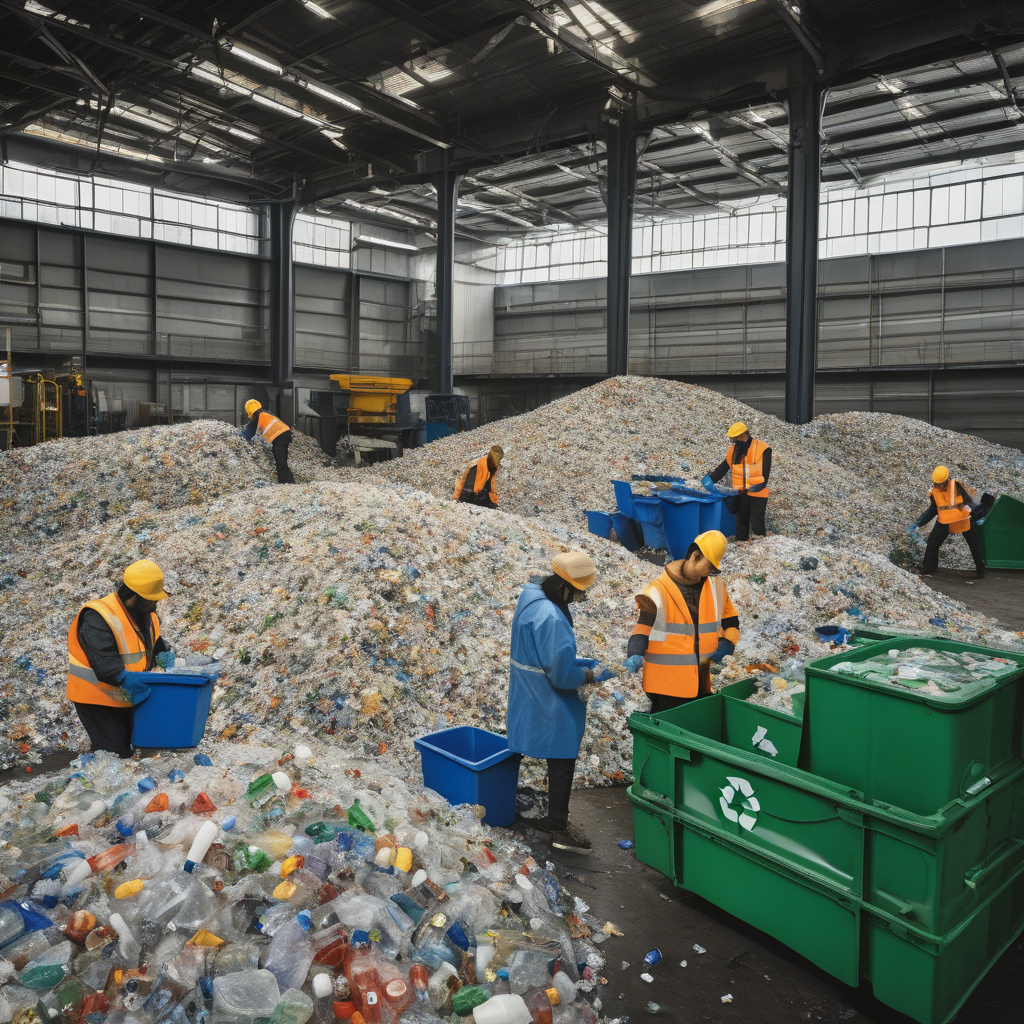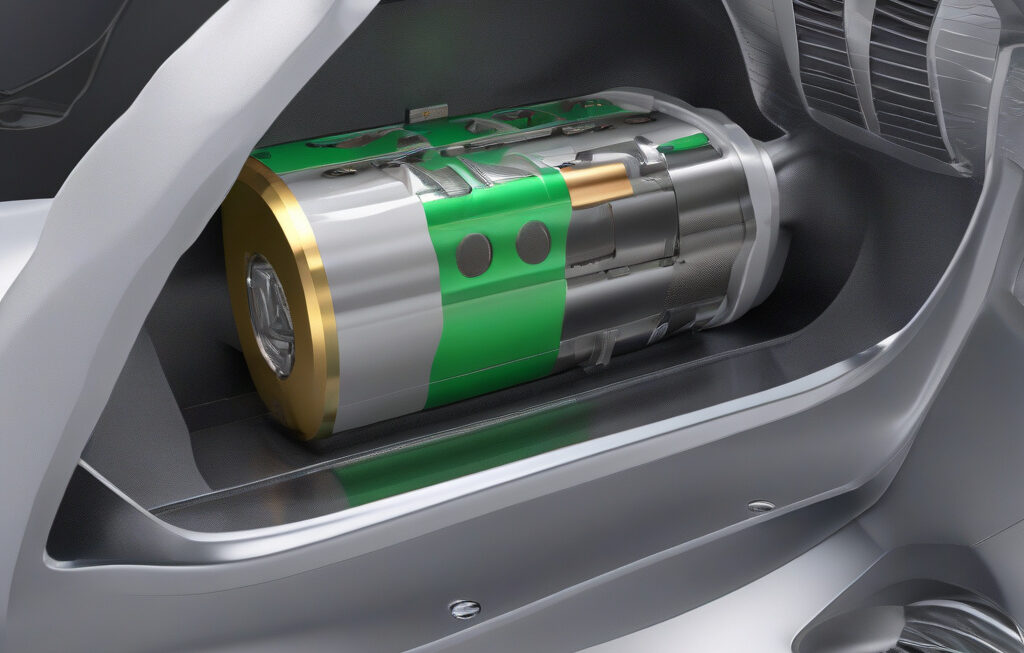The Science Behind Plastic Recycling and Why It Needs a Rethink
Waste isn’t new, and neither is humanity’s role in creating it. Since the dawn of industrialization, our planet has been grappling with the environmental consequences of our throwaway culture. One of the most pressing issues we face today is the proliferation of plastic waste. From single-use water bottles to food packaging and beyond, plastic has become ubiquitous in our daily lives. While recycling has long been touted as a solution to this mounting problem, the reality is far more complex.
The process of recycling plastic is not as straightforward as it may seem. When we toss our plastic items into the recycling bin, we assume that they will be transformed into new products, thus reducing the need for virgin plastic. However, the truth is that plastic recycling is a highly inefficient and energy-intensive process. Unlike materials like glass and aluminum, which can be recycled almost indefinitely without losing quality, plastic degrades each time it is recycled. This means that the plastic water bottle you toss into the recycling bin may only be recycled once or twice before it ends up in a landfill or incinerator.
Moreover, not all plastics are created equal. The various types of plastic, denoted by resin codes ranging from PET to PVC, present a major challenge for recyclers. Mixing different types of plastic in the recycling stream can result in contamination, rendering the entire batch unrecyclable. As a result, many recycling facilities are limited in the types of plastic they can process, leading to even more plastic being downcycled or discarded.
Another key issue with plastic recycling is the lack of market demand for recycled plastic. Virgin plastic is often cheaper to produce than recycled plastic, making it a more attractive option for manufacturers. Additionally, the quality and consistency of recycled plastic can vary, making it less desirable for certain applications. Without a strong market for recycled plastic, the recycling industry struggles to compete with the production of new plastic, perpetuating the cycle of plastic waste.
So, what is the solution to this plastic recycling conundrum? One potential avenue is to shift our focus from recycling to reduction. By reducing the amount of single-use plastic we consume in the first place, we can lessen the burden on recycling facilities and mitigate the environmental impact of plastic production. This can be achieved through measures such as reusable packaging, plastic bans, and extended producer responsibility schemes.
In addition to reduction, innovation also plays a crucial role in reimagining the future of plastic recycling. Researchers and entrepreneurs around the world are exploring new technologies and processes to make plastic recycling more efficient and cost-effective. From chemical recycling to biodegradable plastics, these innovations have the potential to revolutionize the way we approach plastic waste.
Ultimately, the science behind plastic recycling is complex, but it is clear that the current system is in need of a rethink. By addressing the challenges of inefficiency, contamination, and market demand, we can pave the way for a more sustainable approach to managing plastic waste. Through a combination of reduction, innovation, and consumer awareness, we can work towards a future where plastic recycling is not just a band-aid solution, but a fundamental part of a circular economy.
plastic recycling, sustainability, waste management, environmental impact, circular economy












